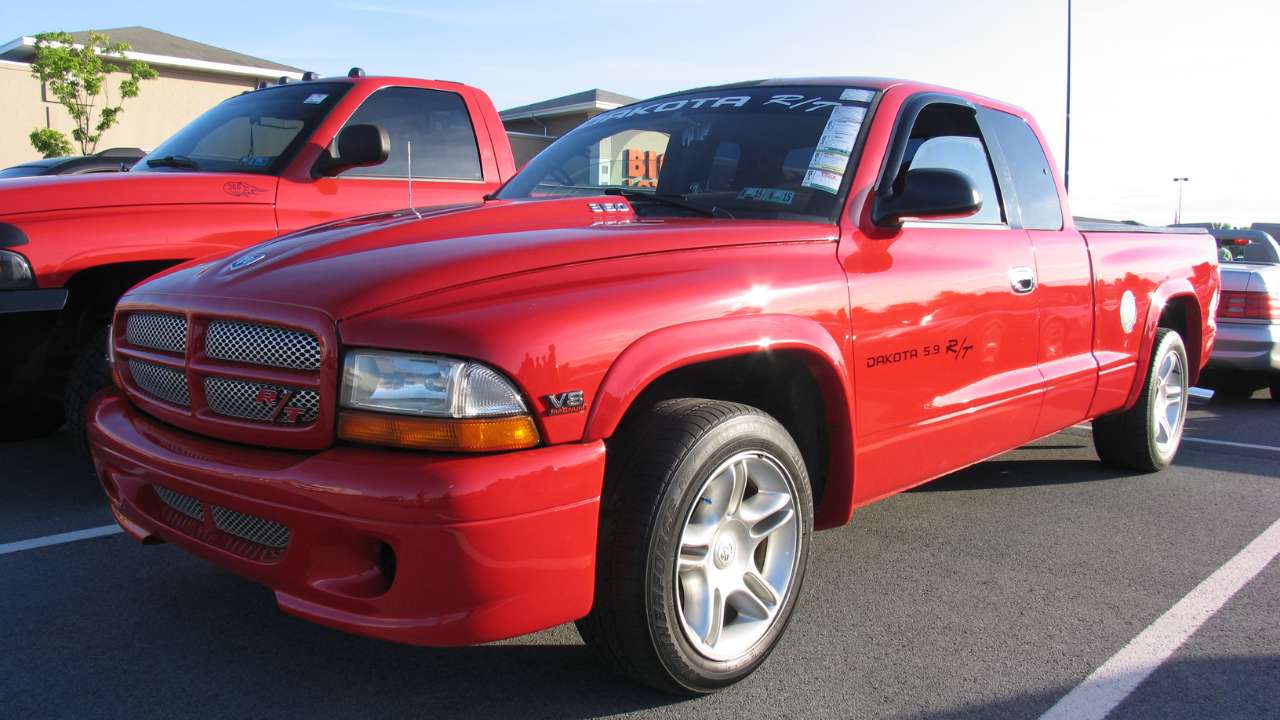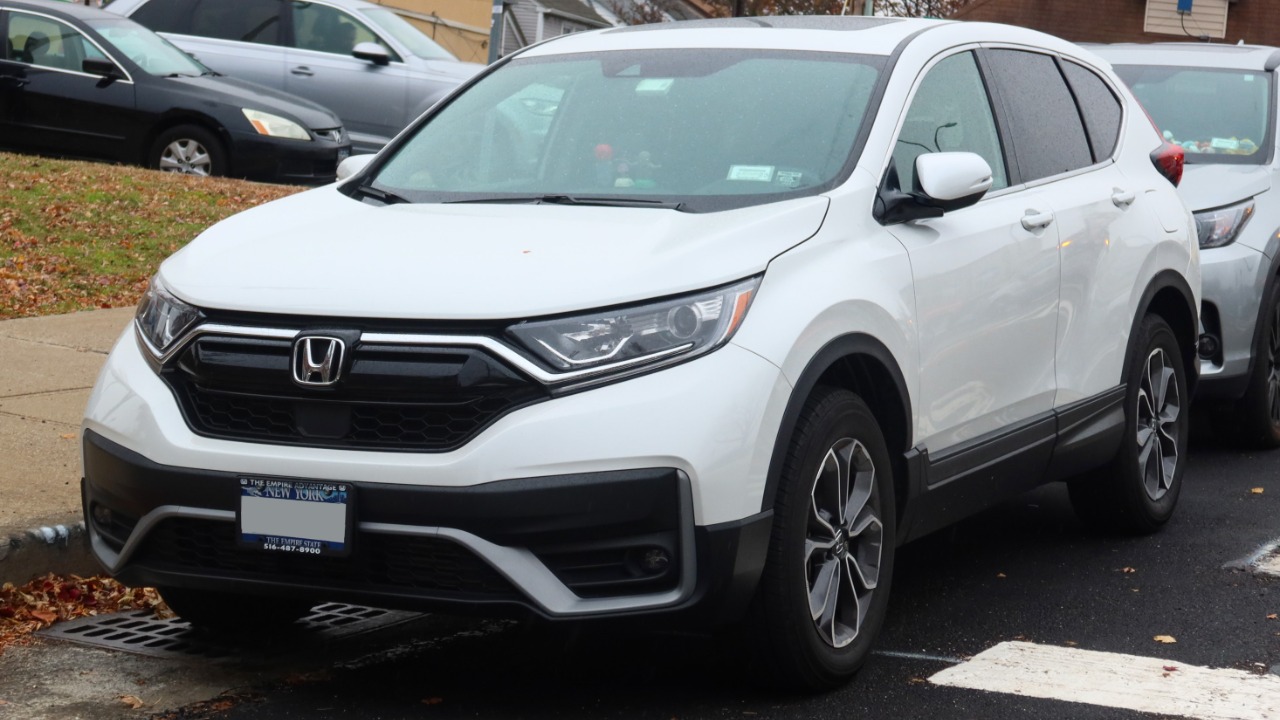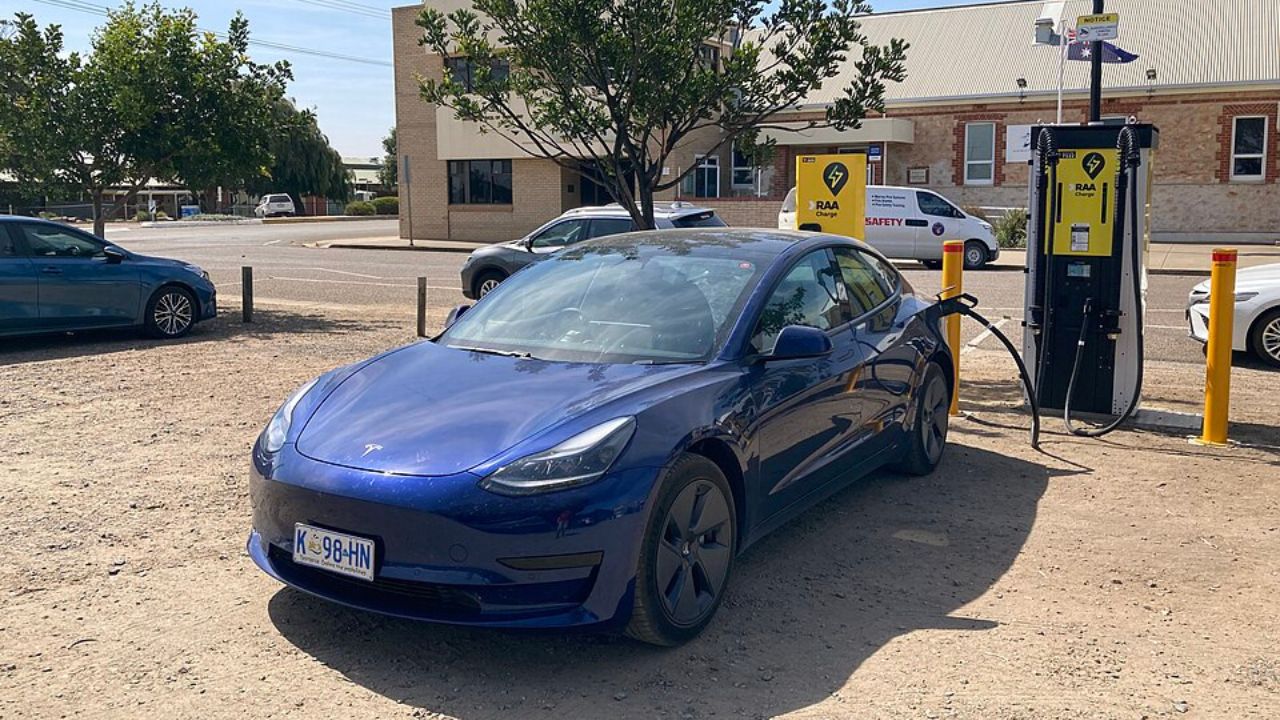When it comes to purchasing a used truck, many buyers are looking for reliability, durability, and value for their investment. However, not all old trucks have lived up to these expectations. Here are ten old trucks that have left their owners with regrets, whether due to maintenance issues, poor performance, or other unexpected challenges.
Ford Explorer Sport Trac

The Ford Explorer Sport Trac aimed to combine the comfort of an SUV with the utility of a truck, but it often fell short in both areas. Many owners have reported issues with the transmission, especially in the early 2000s models. The 2001 and 2002 models, in particular, are known for frequent transmission failures that can be costly to repair.
Additionally, the Sport Trac struggled with poor fuel efficiency and handling that didn’t match its SUV-based competitors. While it offered some versatility, the lack of a consistent performance and reliability made it a regrettable choice for many who wanted a dependable vehicle.
Chevrolet S-10

The Chevrolet S-10 was once a popular choice for those seeking a compact pickup, but it has not aged well. Known for its rust issues, especially in areas with harsh winters, the S-10 often requires significant bodywork to remain roadworthy. The 1994-2004 models are particularly prone to rust, which can affect the structural integrity of the truck.
Moreover, the S-10’s interior materials and build quality left much to be desired. Owners frequently report problems with the electrical system, including issues with the dashboard components and wiring. These recurring problems can lead to unexpected expenses, making it a choice some regret.
Dodge Dakota

The Dodge Dakota was positioned as a mid-size truck that could handle both work and family duties, but it often proved unreliable. Engine problems are a common complaint, particularly with the 3.7-liter V6 and 4.7-liter V8 engines found in models from 2000 to 2007. These engines are notorious for developing oil sludge, which can lead to engine failure if not addressed promptly.
In addition to mechanical issues, the Dakota’s resale value tends to be lower than its competitors, further complicating ownership for those looking to upgrade or sell. Interior quality and ride comfort also lag behind similar vehicles, adding to the reasons some owners wish they had chosen differently.
Nissan Frontier

The Nissan Frontier has garnered a mixed reputation over the years. While newer models have improved, older versions, specifically from the late 1990s to early 2000s, are infamous for their lackluster performance. The 3.3-liter V6 engine, used in models from 1999 to 2004, is prone to timing belt issues that can lead to significant engine damage if not replaced at regular intervals.
Furthermore, the Frontier’s interior ergonomics and design were often criticized for being outdated even at the time of release. This, combined with subpar fuel economy and road noise, left many owners wishing they had opted for a different truck.
GMC Canyon

While the GMC Canyon shares much of its platform with the Chevrolet Colorado, it has not always been a reliable choice. Early models, especially from 2004 to 2012, are known for electrical issues that can affect everything from the power windows to the engine’s computer systems. These problems can be particularly frustrating and costly to diagnose and repair.
Additionally, the Canyon’s ride quality and handling were often criticized as being inferior to its rivals. The combination of these factors, along with a lack of significant updates during its early years, made it a truck that many owners regretted purchasing.
Isuzu Hombre

The Isuzu Hombre, based on the Chevrolet S-10 platform, was marketed as an affordable alternative in the compact truck segment. However, its lack of unique features and shared issues with the S-10, such as rust and electrical problems, made it less appealing over time. The Hombre was produced from 1996 to 2000, and these models often suffer from parts availability issues today, complicating repairs.
Owners have also reported dissatisfaction with the Hombre’s underpowered engines and limited towing capacity. These limitations, combined with a sparse interior and lack of amenities, made it a truck that failed to impress over the long term.
Mazda B-Series

The Mazda B-Series, which shared its underpinnings with the Ford Ranger, was a staple in the compact truck market for several years. However, models from the late 1990s to early 2000s have been plagued by reliability concerns. Common issues include automatic transmission problems and engine misfires, particularly in the 3.0-liter V6 variants.
Despite its reputation for fuel efficiency, the B-Series struggled with rust and body integrity in regions with harsh weather conditions. The lack of refinement in its ride quality and interior materials left many owners desiring more from their purchase.
Mitsubishi Mighty Max

The Mitsubishi Mighty Max was a compact truck that garnered attention for its affordability and simplicity. However, it also came with its share of drawbacks. Owners of the 1983-1996 models often report issues with rust and corrosion, which can affect the truck’s longevity and safety.
Additionally, the Mighty Max’s engines, particularly the 2.6-liter four-cylinder, are known for having head gasket failures and oil leaks. These mechanical issues can lead to costly repairs, making the Mighty Max a truck that some owners wish they had avoided.
Ford Ranger (Early 2000s Models)

The Ford Ranger has a strong following, but not all models have stood the test of time. The early 2000s Rangers, specifically those from 2001 to 2003, are known for problematic automatic transmissions that can fail unexpectedly. Owners have also reported issues with the suspension system leading to uneven tire wear and poor handling.
While the Ranger remains popular for its practicality, these particular model years often struggle with electrical gremlins, including faulty sensors and wiring issues. These persistent problems have led some owners to experience more frustration than satisfaction.
Toyota T100

The Toyota T100 was Toyota’s first attempt at a full-size pickup in the American market, but it struggled to compete with domestic brands. Produced from 1993 to 1998, the T100 faced criticism for its underpowered engines, particularly the 3.0-liter V6, which was inadequate for a truck of its size and intended use.
Additionally, the T100 lacked many of the features and comforts that buyers expected from a full-size pickup. The sparse interior and limited options made it less appealing, and its resale value has historically been lower than other Toyota models. These factors have contributed to the regrets of some T100 owners.
Like Fast Lane Only’s content? Be sure to follow us.
Here’s more from us:
*Created with AI assistance and editor review.







Leave a Reply